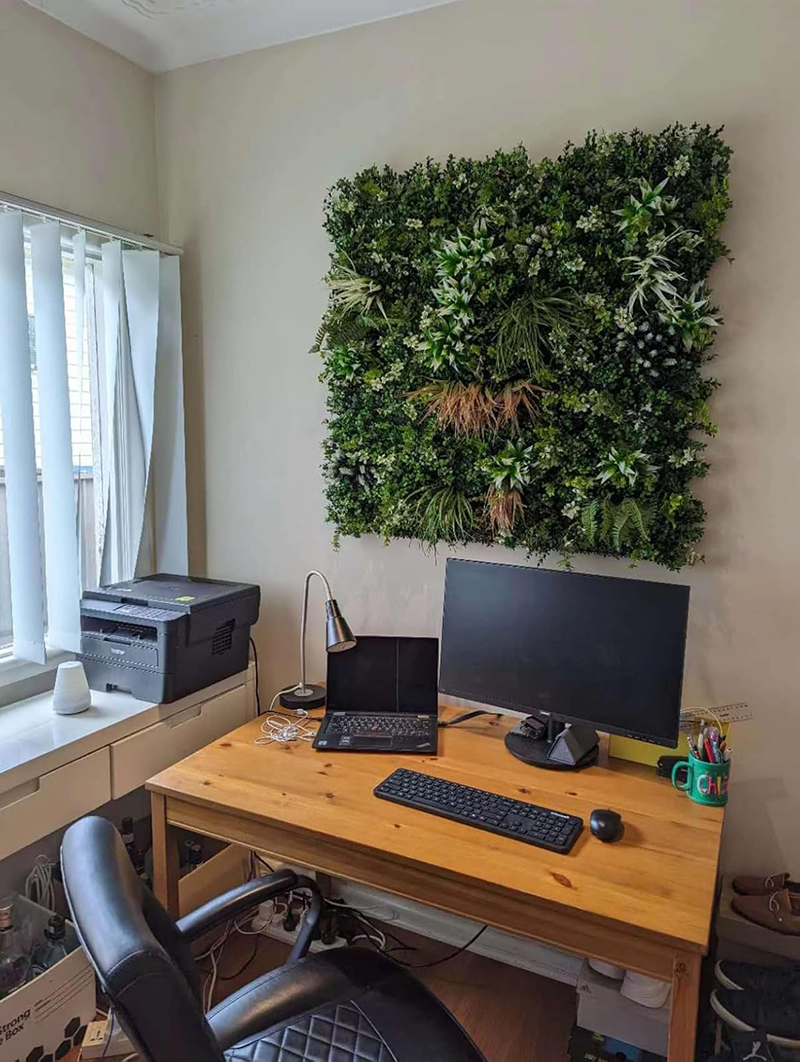Policy Support Analysis for 3D Artificial Vertical Gardens
Governments worldwide are increasingly recognizing the potential of 3D artificial vertical gardens to address urban challenges, from climate resilience to public health. Policy frameworks are evolving to incentivize their adoption through grants, tax breaks, and regulatory reforms. Understanding these supports helps stakeholders navigate opportunities for integrating green infrastructure into sustainable development agendas.

National and Regional Green Building Incentives
Many countries have introduced certification programs and financial incentives to promote green building practices, including vertical gardens. For instance, national sustainability standards often award points for biophilic design elements like living walls or artificial greenery systems. Projects that meet these criteria qualify for reduced permitting fees, expedited approvals, or public recognition, encouraging developers to prioritize vertical gardens in urban redevelopment plans.
Regional governments further amplify these efforts through targeted grants. Municipalities in drought-prone areas may offer subsidies for water-efficient vertical garden installations, covering up to 50% of material costs for public buildings or low-income housing. Some regions also provide tax rebates for businesses that incorporate green walls into their storefronts, reducing annual property taxes based on the surface area of greenery installed.
In addition to financial incentives, zoning reforms are creating space for vertical gardens in dense cities. Policymakers are revising land-use regulations to allow greenery on rooftops, balconies, and building facades without counting toward floor-area ratios. This flexibility enables architects to design multi-story vertical gardens without compromising project viability, particularly in historic districts where preservation laws limit modifications.
Climate Action Plans and Carbon Reduction Targets
3D artificial vertical gardens play a critical role in achieving climate goals by enhancing urban carbon sequestration and reducing energy consumption. National climate strategies increasingly include vertical gardens as part of broader green infrastructure networks, mandating their integration into new public transit stations, highway sound barriers, and flood-prone areas. For example, a city’s climate action plan might require all new commercial buildings over 10 stories to incorporate vertical gardens covering at least 20% of their facade area.
Carbon pricing mechanisms also indirectly support vertical garden adoption. Companies seeking to offset emissions can invest in urban greening projects, including artificial vertical gardens, as part of corporate social responsibility initiatives. Some governments offer additional carbon credits for projects that combine vertical gardens with renewable energy systems, such as solar panels integrated into green walls, creating synergies between climate and energy policies.
Local governments are leveraging vertical gardens to meet stormwater management targets. By incorporating absorbent substrates and drainage systems, these installations reduce runoff during heavy rains, alleviating pressure on aging sewer infrastructure. Policies now require developers to demonstrate how their projects will mitigate flooding risks, with vertical gardens often cited as a cost-effective solution compared to traditional underground storage tanks.
Public Health and Social Equity Initiatives
The link between urban greenery and public health has prompted policymakers to prioritize vertical gardens in underserved communities. Health departments in major cities are funding vertical garden installations near schools, hospitals, and senior centers to combat air pollution and promote physical activity. For instance, a program in a densely populated district provides grants to community groups to maintain vertical gardens on apartment building exteriors, improving access to nature for residents without backyards.
Social equity is another driving force behind policy support. To address the unequal distribution of green spaces, some cities mandate that a percentage of new vertical garden projects be located in low-income neighborhoods. These initiatives are often paired with job training programs, teaching local residents how to install and maintain green walls, thereby creating employment opportunities in sustainable industries.
Education policies also benefit from vertical garden integration. Schools receiving public funding for infrastructure upgrades are encouraged to incorporate green walls into their designs, using them as outdoor classrooms for lessons on ecology and sustainability. Local governments may offer additional grants for schools that develop curriculum materials tied to their vertical gardens, ensuring long-term educational impact.
Research and Innovation Funding
Governments are investing in research to optimize 3D artificial vertical garden technologies, recognizing their potential to transform urban environments. National science agencies provide grants for universities and startups to develop advanced materials, such as self-cleaning foliage or biodegradable frames, reducing maintenance costs and environmental impact. Collaborative projects between researchers and municipalities test the performance of vertical gardens in extreme climates, generating data to inform future policy decisions.
Innovation hubs focused on urban agriculture and green infrastructure receive tax incentives to attract private-sector partnerships. These hubs serve as testing grounds for new vertical garden designs, such as modular systems that can be easily reconfigured or expanded. By de-risking early-stage innovation, governments accelerate the commercialization of technologies that make vertical gardens more accessible to a wider range of users.
Conclusion: A Policy-Driven Path to Urban Sustainability
The growing alignment of policy goals with the benefits of 3D artificial vertical gardens underscores their strategic importance in modern urban planning. From climate resilience and public health to social equity and innovation, governments are creating an enabling environment for stakeholders to embrace green infrastructure. As policies continue to evolve, vertical gardens will play an increasingly vital role in building sustainable, livable cities for future generations.
Contact: Amy
Phone: 86-15311787313
E-mail: info@foszmac.com
Whatsapp:86-15311787313
Add: Fengtai District, Dacheng Road, No.24 Building, Room 203, Beijing, China